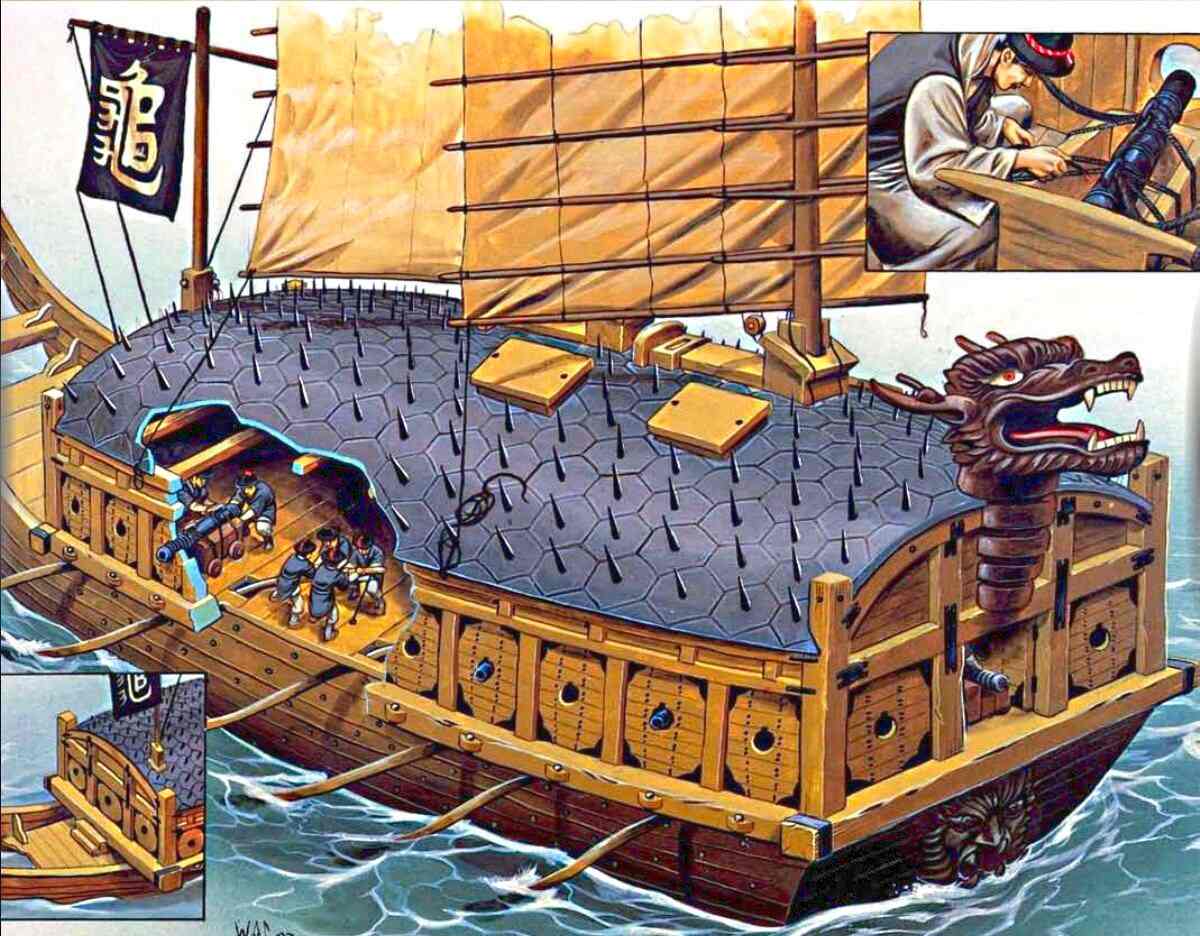Turtle Ship: The First Armored Battleship in History
The efforts to perfect military vessels in the Joseon Dynasty bore fruit in the form of the Turtle Ship in the 15th century. It was the world’s first armored battleship, or ironclad warship.

The efforts to perfect military vessels in the Joseon Dynasty bore fruit in the form of the Turtle Ship in the 15th century. It was the world’s first armored battleship, or ironclad warship.

